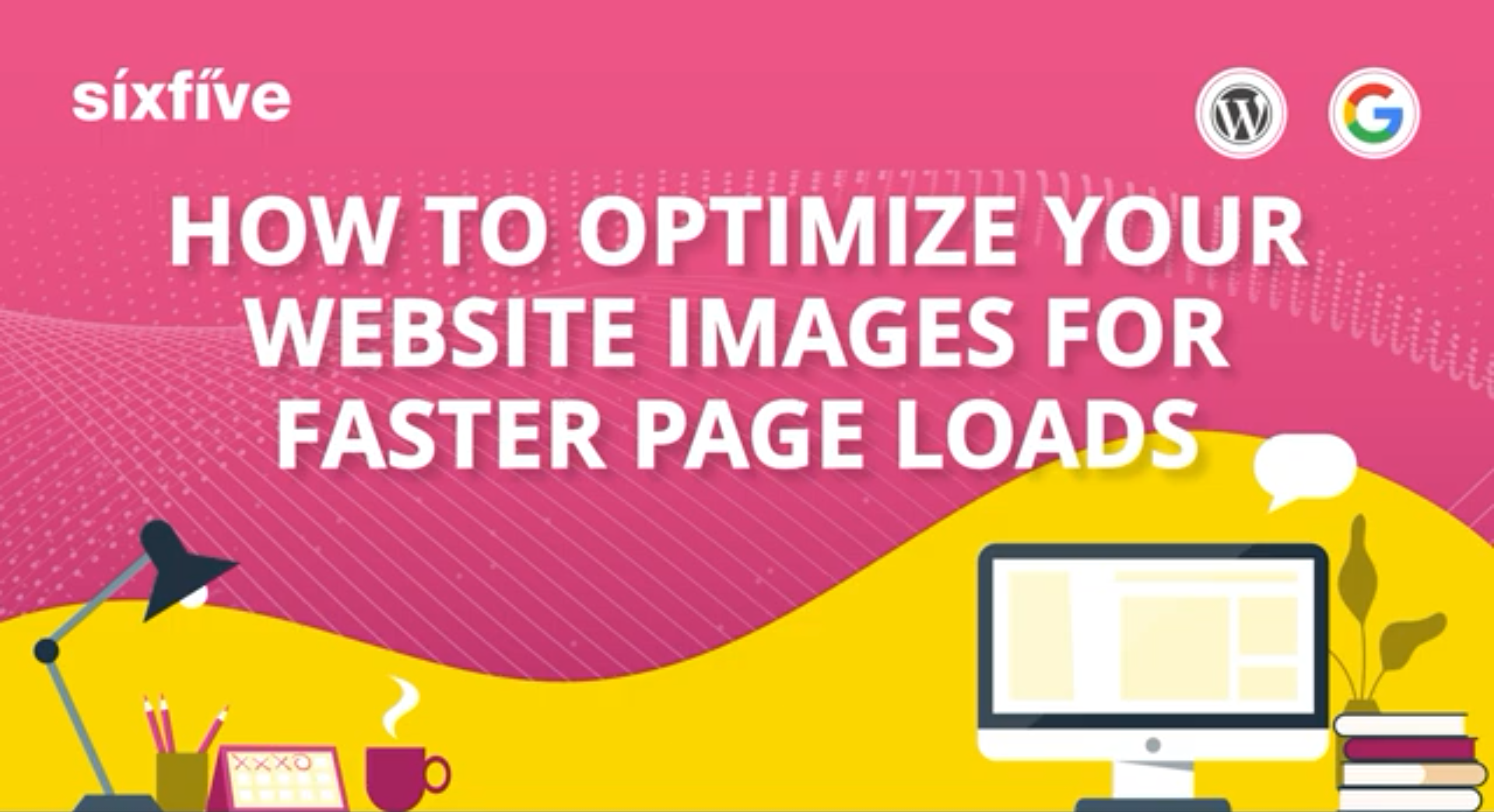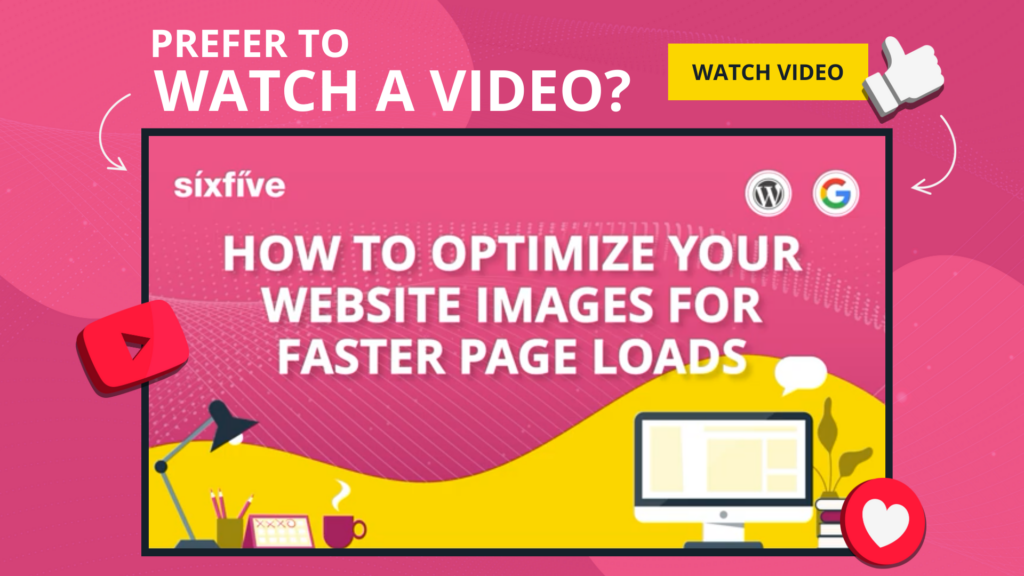

Slow website loading times can frustrate visitors and hurt your search ranking. Large images are a common culprit behind slow speeds. This guide will explain how to identify and optimize images on your website to make it load faster.
Why Image Size Matters
- Slows Down Your Website: Large images take longer to download, making your website load slower. This can lead to frustrated visitors who bounce away before your website even finishes loading.
- Hurts Search Ranking: Search engines like Google consider website speed when ranking websites. Slower websites tend to rank lower.
- Increases Ad Costs: If you are running Google Ads, slow website loading times can actually increase your cost-per-click (CPC).
Finding Large Images on Your Website
There are a few ways to identify large images on your website:
- Use Developer Tools: Most web browsers allow you to inspect the code of a webpage. This can show you information about the size and location of images on the page.
- Website Speed Testing Tools: There are a number of free and paid website speed testing tools available online. These tools can crawl your website and identify slow-loading elements, including images.
Optimizing Your Images
Once you have identified large images on your website, you can optimize them in two ways:
- Reduce Image Dimensions: Resize your images to the dimensions they will be displayed on your website. There’s no point in having a 2000-pixel wide image if it’s only being displayed at 500 pixels wide on your website.
- Compress Images: Image compression reduces the file size of an image without sacrificing quality. There are a number of free and paid image compression tools available online.
Tools and Techniques
- Free Online Tools: Several free online tools can help you resize and compress images, such as TinyPNG (https://tinypng.com/).
- WordPress Plugins: If you use WordPress to manage your website, there are a number of plugins available that can help you optimize your images, such as ShortPixel (https://shortpixel.com/).
Best Practices
- Make image optimization part of your content creation workflow. Don’t wait until after you’ve uploaded an image to optimize it.
- Use the appropriate image format:
- JPEG: Use JPEG for photos.
- PNG: Use PNG for graphics with sharp edges or transparent backgrounds.
- Consider using a Content Delivery Network (CDN): A CDN can store and deliver your website’s images from servers around the world, which can help improve website loading times for visitors in different locations.
By following these tips, you can optimize the images on your website and improve its loading speed. This will lead to a better user experience and potentially improve your search ranking and reduce ad costs.
